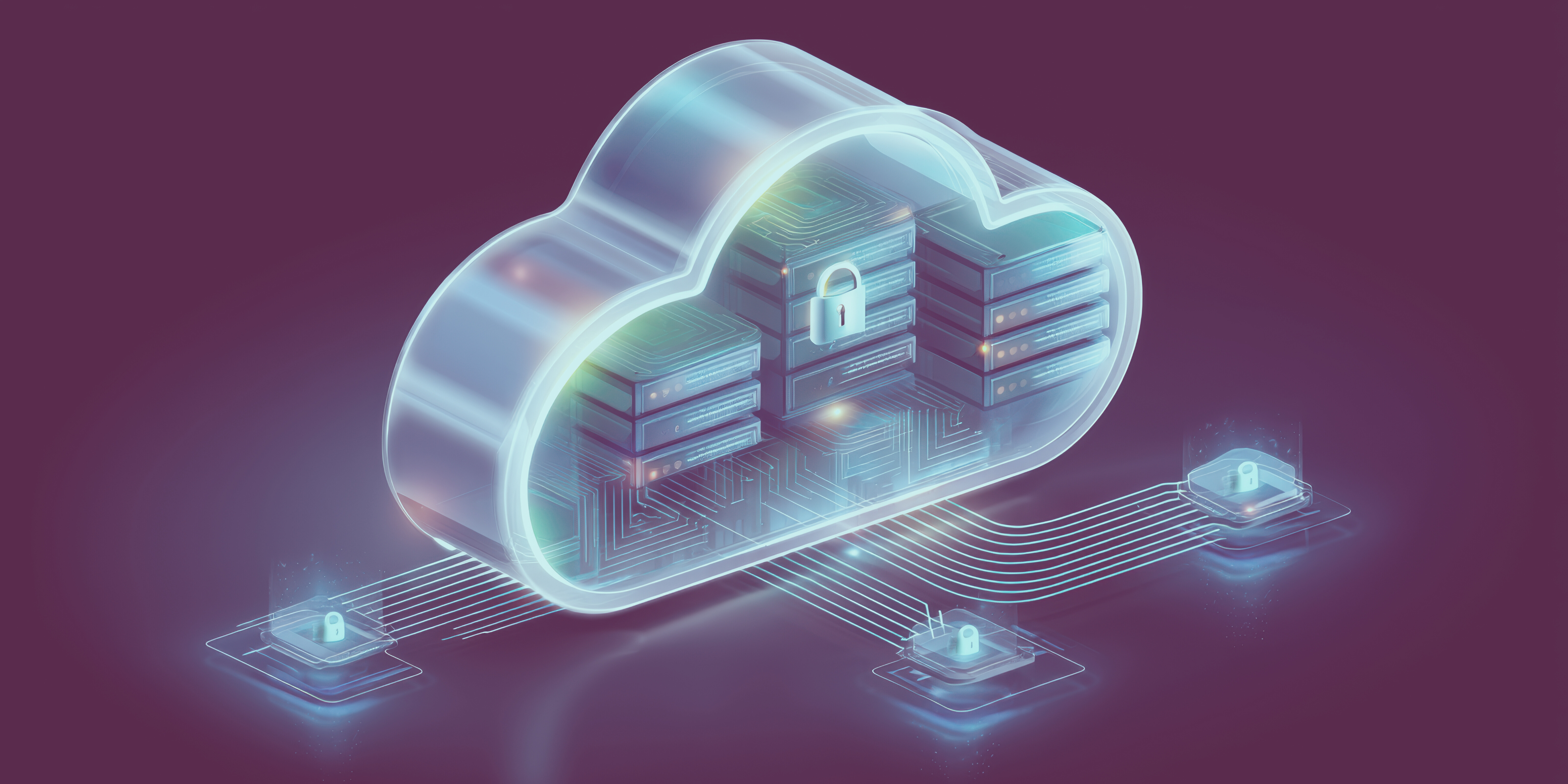3 min read
Security Without Compromise: Built-In Protection with Power11
AI and hybrid adoption are moving fast, and every new workload raises the stakes for security - including in your IBM Power environment. For...
4 min read
Koltiv Team : Jul 24, 2025 10:17:15 AM

Keeping infrastructure secure, available, and future-ready isn't just a tech challenge anymore; it's a leadership one. As demands for uptime, compliance, and AI capabilities grow, many IT teams are finding their current platforms can’t keep up.
It's no longer just about speed or specs. It is about building infrastructure that helps IT leaders say yes to innovation without saying yes to new risks, new costs, or more hours of firefighting.
IBM’s new Power11 server family offers a telling case study. This is not about whether Power11 is the right fit for every organization. It is about what this platform reflects: the rising bar for what IT infrastructure must do, and how that bar is being met by changes in design, architecture, and support models.
At Koltiv, we help IT leaders make confident infrastructure decisions. Especially when the stakes are high. IBM Power11 is one of the tools we recommend for teams that need resilient, secure, and AI-ready performance at scale. Let’s explore how it reflects what enterprise infrastructure now requires.
Even planned downtime is becoming a luxury few can afford. Whether you manage workloads in agriculture, manufacturing, healthcare, finance, or retail, outages now carry business-wide consequences— regulatory, reputational, and financial.
The expectation around infrastructure is changing. It’s not just about recovering quickly; it’s about not having to go down in the first place.
Power11 is designed around that reality. The platform introduces several availability features aimed at helping IT teams eliminate both unplanned and planned downtime:
These are not just nice-to-haves. These features are not extras anymore. They are the baseline for running 24/7 digital services, especially in environments that cannot rely on failover to the cloud.
Security is the other side of availability. No matter how fast your recovery process is, a ransomware event that encrypts your production environment and backup targets still puts you in crisis mode.
More infrastructure vendors are now embedding ransomware response into the platform itself, and Power11 takes this a step further with its Power Cyber Vault feature set:
For IT pros, this means the recovery process does not start with a scramble to locate backups. It starts with a known good snapshot that was secured before the breach reached it. That is a huge shift from relying on external tools layered over legacy systems.
Much of the recent enterprise AI conversation has focused on training foundation models and running cloud-based inference at scale. But there’s a quieter shift happening inside many organizations: AI is being embedded into day-to-day applications, and increasingly, those inference workloads are moving closer to the data.
The challenge is that traditional servers (particularly older x86 environments) were not built with this kind of AI in mind.
Unlike systems built only for experimental AI, Power11 is designed to run inference in production, powering real-time decisions inside live business applications. While IBM’s dedicated AI accelerator chip, Spyre, is still on the way, Power11 is already optimized for the kinds of AI workloads enterprises are running today.
AI is moving beyond the lab and into business operations. Power11 supports this shift by running real-time AI inside everyday workloads, from fraud detection to production optimization.
For years, performance per watt was a metric that only mattered to hyperscalers. But with rising energy costs and increasing ESG (Environmental, Social and Governance) expectations, enterprise IT teams are being asked to factor power efficiency into infrastructure decisions.
This is where architecture design really matters.
Power11 systems deliver up to 2x performance per watt compared to similarly sized x86 platforms, with optional energy-saving modes that reduce consumption up to 28% in lower-demand windows.
That is more than a checkbox. For many organizations, it means:
Simply stated, IT teams do not just need power. They need control over how that power is consumed.
Most IT teams are not planning to move everything to the cloud, nor are they staying fully on-prem. Instead, they are operating in complex hybrid environments: part physical, part virtual, part public cloud.
Managing this mix without sprawl is a growing challenge.
Power11 reflects this shift with built-in support for IBM Power Virtual Server, giving IT leaders the option to run the same workloads in IBM Cloud without rewriting applications or re-platforming. It also comes with native support for Red Hat technologies, SAP environments, and containerized workloads - aligning with what many organizations already run.
The point is not that Power11 “solves” hybrid complexity. It is that infrastructure needs to stop creating new silos and start enabling workloads to move more easily between on-prem and cloud environments. That is the new standard.
Whether or not Power11 is on your radar, it embodies several questions that IT leaders should be asking:
If the answer to some of these is “no,” it might be time to reassess what you expect from your infrastructure.
Power11 doesn’t try to be everything to everyone. It’s not chasing hyperscale. It’s not designed for experimental AI research. It’s not going after commodity price points.
Instead, it is making a case for what modern infrastructure should offer when you are running critical workloads:
That’s why this launch matters - not just as a product update, but as a shift in expectations
Infrastructure decisions come with real pressure. You’re asked to deliver always-on uptime, prepare for AI, keep costs down, and ensure security all at once.
IBM Power11 won’t solve every challenge, but it does reflect what’s now required for the workloads that matter most. Whether you’re dealing with ransomware risk, planned downtime, or scaling AI at the edge, Power11 shows where the infrastructure conversation is headed.
And you don’t have to figure it out alone. Koltiv has partnered with IBM Power Systems for over 45 years, helping teams across agriculture, manufacturing, and other industries build smart, resilient environments that meet their real-world demands.
Wondering if your infrastructure is built for what’s next? Let’s talk. No pressure. Just clear guidance and answers that make sense for your business.

3 min read
AI and hybrid adoption are moving fast, and every new workload raises the stakes for security - including in your IBM Power environment. For...

5 min read
AI IS MOVING FAST. Every month, there is a new way to analyze data, streamline operations, or serve customers more intelligently. For many...

2 min read
EVERY IT LEADER KNOWS THE PACE OF CHANGE IS NOT SLOWING. AI workloads evolve in weeks, hybrid adoption is expanding, and security expectations...

2 min read
Are you looking for ways to modernize your IBM Power environment without starting over? Do you want the freedom to choose the right platform -...